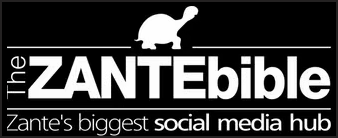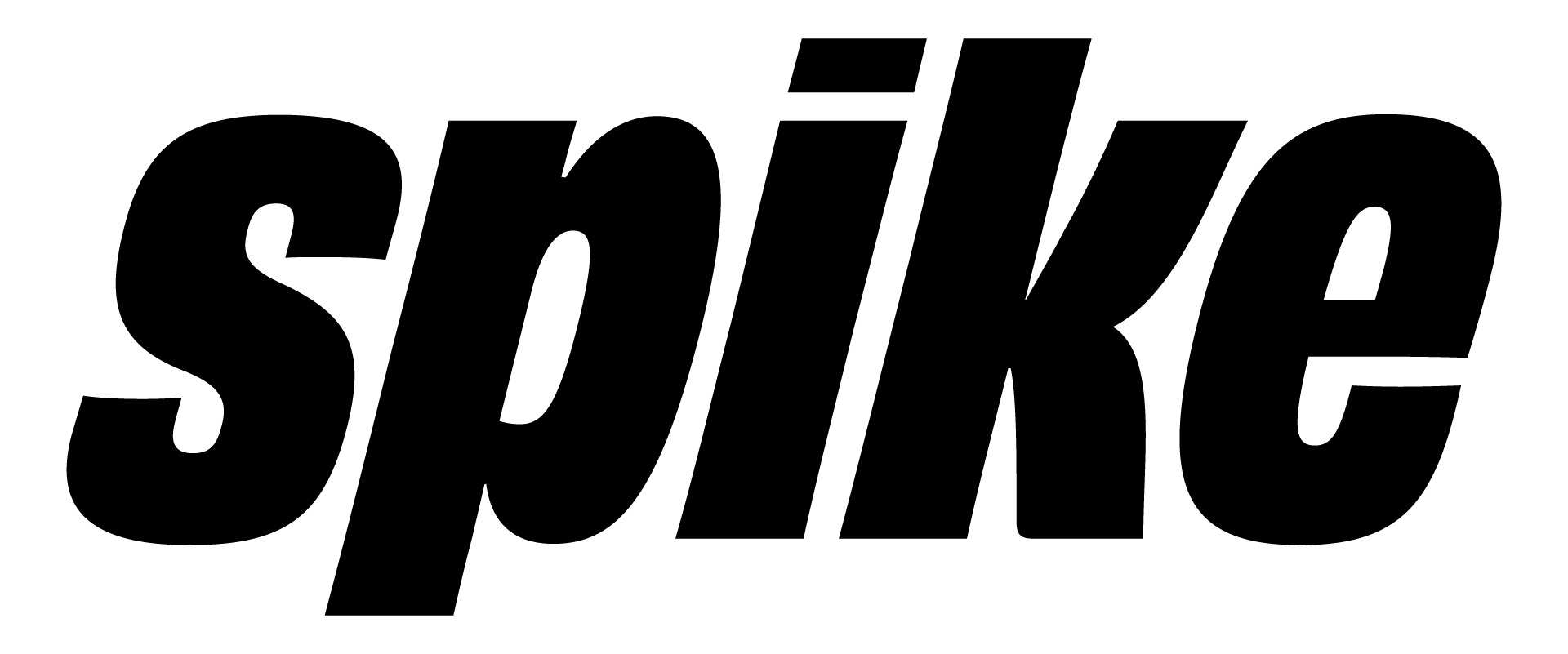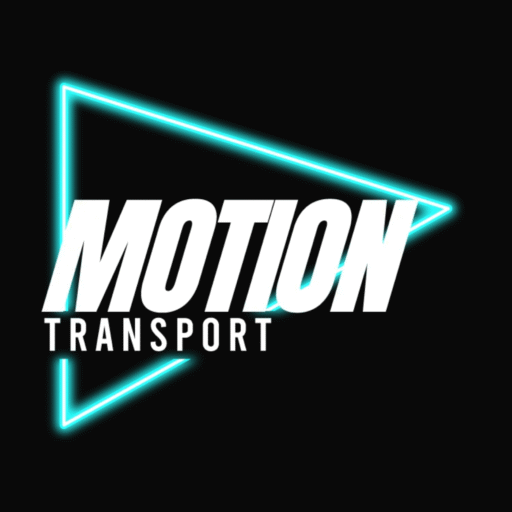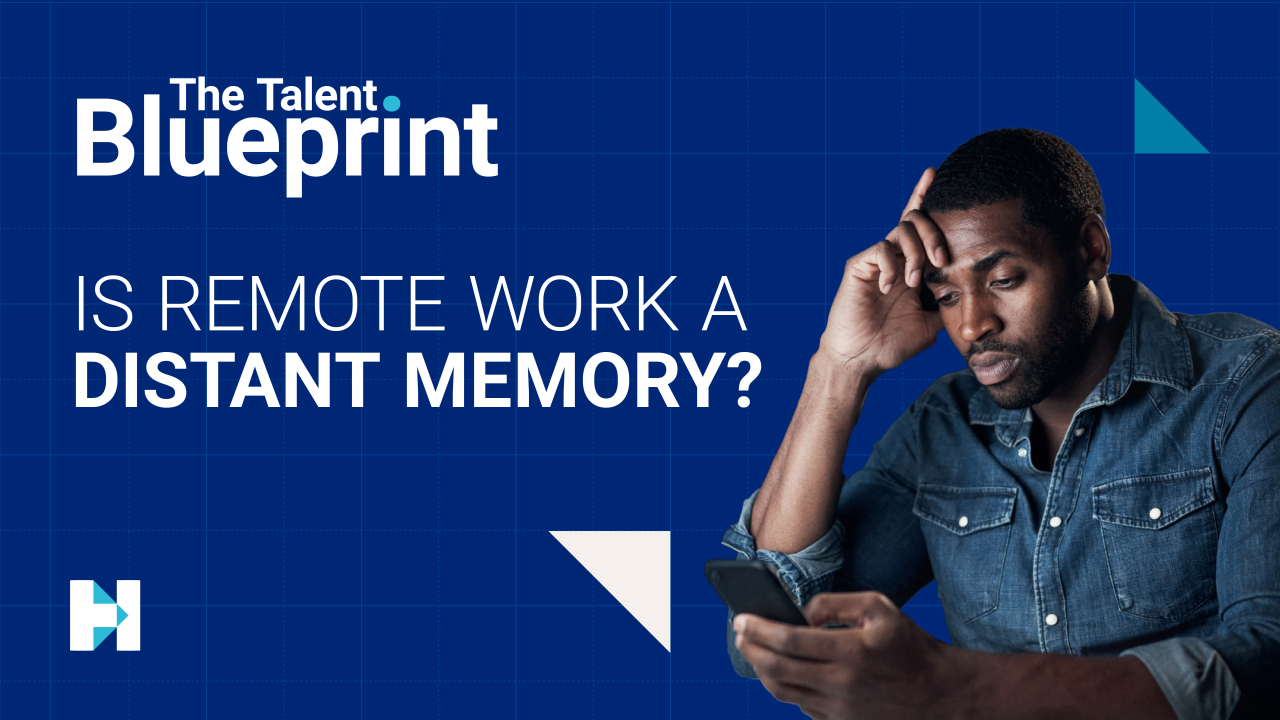
Recent news of large organisations demanding their workers return to offices five days a week has sent greater shivers down the spine than the scariest of Halloween tales. After all, debates around where the best work gets done have been played out by business leaders and employees for some time, with tensions exacerbated by the COVID-19 pandemic.
At Hays, we believe that a hybrid work model, where employees spend some time in the office and some time working from home, where possible, is optimal. This allows for team collaboration and bonding, whilst acknowledging the difficulties of balancing work life and personal commitments.
In recent years, global economic turmoil has also helped shine a light on low productivity levels, with some leaders attributing part of the blame on working from home. But is this true?
“Many companies have had good experiences with working from home. However, when the company's results weaken, uncertainty increases at management level,” said Anna Lüttgen, Director Talent Delivery, Hays Germany. “This is because the command-and-control style of employee management that used to be the norm is more difficult and less tangible online.”
The shift back to working from the office is being felt worldwide. In Singapore, our Business Director, Neem Lock noted: “Previously, we were looking at clients adapting to potential employees and implementing a generous work from home policy, whereas now, that has shifted. Often expectations from the employer are set at the beginning.”
Adrian Lam, Senior Director, Hays Hong Kong SAR, explained how the attitude where he is depends on the industry and company: “The current sentiment amongst employers in Greater China is to have a greater focus on employees in the office again. This is more prominent in traditional and commercial businesses, whilst foreign banks and fintech companies still opt for a hybrid working model. Workers with more of a global remit would naturally want a hybrid model and expect it too.”
For Bianca Stringuini, Global Head of Diversity, Equity and Inclusion (DE&I) at Hays, productivity is a personal thing. “The idea that people are more productive in the office is not necessarily true. There’s plenty of data out there that shows it varies from person to person.”
One such study from Stanford University, of 16,000 workers over nine months, in fact found that productivity increased by 13% for those working from home. The same research reported greater work satisfaction and attrition rates down by 50%.
But the data isn’t always clear cut. “Numerous studies on remote work and productivity show a contradictory picture,” said Anna. “Depending on the market, industry and company, the results vary and show higher productivity sometimes with and sometimes without remote work. However, if companies restrict existing flexibilities, there is a high risk that returning to the office will have a negative impact on motivation and productivity.”
Productivity concerns are, however, just one reason for increasing office work. Some leaders say it’s to retain or improve the company culture, something that is harder to do with hybrid working.
But what role does the physical office space play in company culture? Bianca commented: “Research says you experience culture through your manager, then your colleagues in your team, and then the day-to-day. It’s all about whether you share the same values and whether you are part of a team that motivates you.”

Whatever the reason for increasing office days, in some parts of the world, eroding flexible work rights is going to damage organisations’ ability to attract and retain the best candidates. Anna commented: “Employers need to realise that they will lose two thirds of potential applicants as soon as they advertise a job if they do not offer remote working.
“Given the shortage of skilled labour and demographic change, companies can no longer afford this.”
Indeed, our recent Salary Guide in Australia and New Zealand found that 97% of employers in the region are offering a hybrid working model, three-quarters of which aren’t planning a return to office mandate.
Clearly, any change to flexible working policies needs to be considered carefully. So, how do you do it?
Future focus: Personalising the work experience
Despite the potential backlash, you still believe that work hours in the office needs to be increased. Perhaps the office feels soulless, or maybe productivity is down. Whatever reason you want to see more faces in physical spaces, you have to remember that everyone experiences work differently.
Bianca said: “A lot of senior leaders are more productive in the office and are therefore pushing it onto people, but everyone is different. The biggest conundrum is how do we personalise work for people, rather than lumping them into large groups.”
Whilst offering a truly personalised experience will be difficult for many organisations to achieve right now, there are ways of increasing office hours without alienating large portions of your current and potential employees.
“Organisations need to effectively communicate their philosophy around office work,” Bianca commented. “You need to think about the ‘why,’ the ‘what’ and the ‘when’. Your ‘why’ could be that you believe in the importance of human interaction to drive stronger performance. ‘What’ you do in the physical space could be brainstorming sessions or team meetings. ‘When’ is the cadence around how often people need to be in. It can’t be every day, and it can’t be never.”
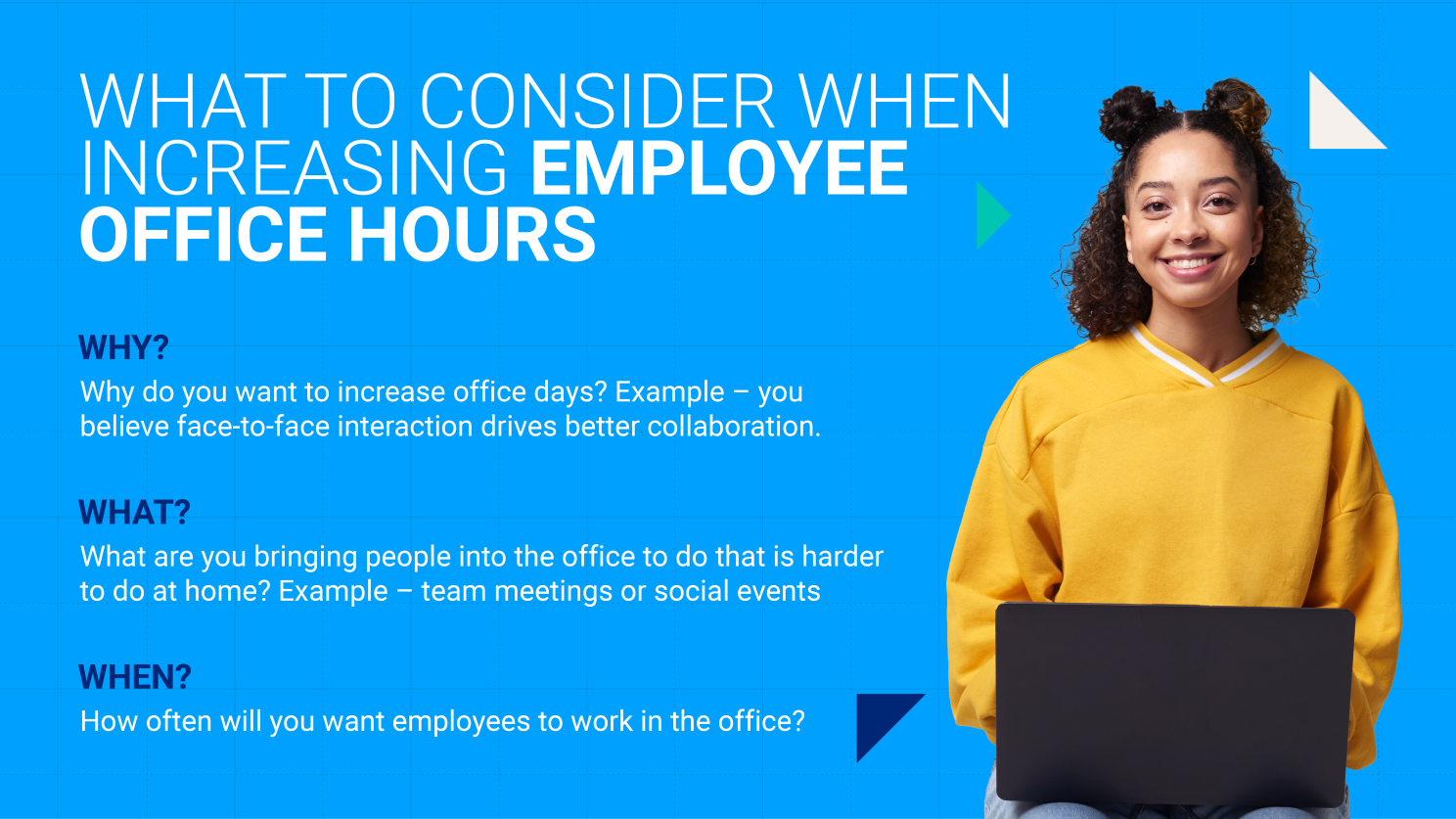
Harvard Business Review have mapped out the optimal workplace for your organisation, taking into account the company size, growth orientation and the trade-offs between aspects such as collaborative creativity vs individual productivity, and agility to change and expand vs coordination. Again, there is no one-size-fits-all.
According to Lenneke Dijkhuis, Head of Enterprise Solutions, Hays Asia, getting to know your workforce will go a long way to ensuring a smooth transition to more office hours. “Ultimately this is about finding the right balance between employee wellbeing and productivity, so the first step should always be to get to know your people and get clarity on what the right levers are to pull to increase productivity. We usually see that employees that have a certain level of fulfilment in their job, are satisfied with the way they structure their work around other priorities in their personal life.”
There has been criticism of some employers who have used free food to tempt employees back into the office. Just search “pizza party office meme” and you’ll learn that a free slice of pepperoni at lunch time isn’t going to solve your culture problems. Grant Torrens, Managing Director, Hays Japan and Chief Customer Officer, Hays Asia said: “Nice workspaces, pool tables and free food are not the pull that some employers think they are. It’s about office culture and whether there is a collective responsibility from everyone in the office to live the shared values that the organisation promotes.”
As a leader, you need to live and breathe these values. “To foster that, organisations need to continue to promote values, allow people to be themselves, and encourage an environment where diverse ideas can be elevated and celebrated,” Grant added. “This promotes intrinsic motivation within an employee base.”
Career Corner: Reacting to shifting attitudes
If you’re a professional that enjoys the flexibility of remote working or a hybrid model, it’s very possible that you’ll be under greater scrutiny. What can you do to retain this way of working?
Proving your productivity and contributing to company culture while working remotely will make a big difference. The key to both? Communication. You’ll need to demonstrate that you’re still part of the team and that you’re capable of building a better business without always being there in person.
This starts with being fully engaged. If your employers think that they’ll get a considerably better response in person than over Teams or Slack, or that you’re not listening to them in virtual meetings, they’ll want to communicate face-to-face more often. That means replying frequently and thoroughly – avoid the temptation to go on ‘Do Not Disturb’ unless you’re totally occupied with a project. Make small talk or share a joke to replicate the environment you might have in a shared workspace. Leave your camera on in calls and put your phone to one side so that you’re present and able to contribute. Be proactive in this, too – you shouldn’t have to wait to be directly addressed before sharing an idea or solution.
Keep your team and manager informed of your assignments and the milestones you reach, so that they’re not left wondering what you’re doing. If your organisation uses a project management tool, update it constantly to let people know you’re being productive without them having to chase you.

